Ever heard of a Sneezewort, or a Monkey Puzzle Tree? We’ve got a whole list of wonky plants and the inside scoop on where they got their funny names!
#1 Sneezewort Yarrow (Achillea ptarmica)
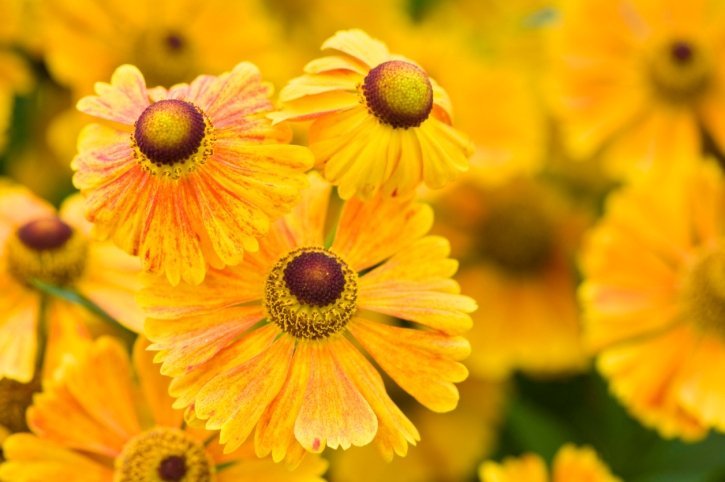
Also known as: Sneezeweed
I’m named this because… I was once used as a sneezing powder. Sneezeweed was dried up and used to get people to sneeze to clear out their sinuses!
Fun fact: This plant doesn’t just make people sneeze; it can also be eaten in salads or used as an insect repellent.
http://www.eol.org/pages/467230
#2 Hooded Skullcap (Scutellaria galericulata)
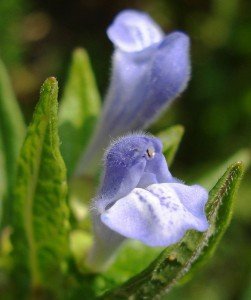
Also known as: Marsh Skullcap
I’m named this because… my flowers look like caps
Fun fact: The Hooded Skullcap is part of the mint family but it doesn’t taste like mint! One of its relatives is also famous, the plant, called mad-dog weed, was used in medieval times as a remedy for rabid-dog bites.
http://www.ontariowildflower.com/lakeedge.htm#skullcapmarsh
http://www.umm.edu/altmed/articles/skullcap-000273.htm
#3 Monkey Puzzle Tree (Araucaria araucana)
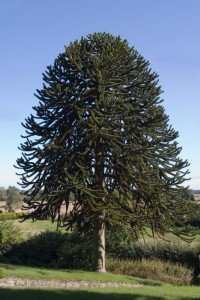
Also known as: Chilean Pine
I’m named this because… an Englishman in the early 1800s said that the tree would be a puzzle for a monkey to climb, even though there are no monkeys where this tree grows!
Fun fact: These trees can live for many years; the oldest is over 800 years old! These trees can also grow as big as 150 feet tall with a trunk diameter of 7 feet.
http://faculty.ucc.edu/biology-ombrello/pow/monkey_puzzle_tree.htm
#4 Devil’s Walkingstick (Aralia spinosa)
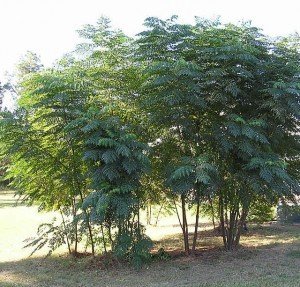
Also known as: Angelica-Tree, Prickly Elder, Hercules Club
Fun fact: The stems of the shrub have long “prickles” and it is not uncommon to see them grow 15 cm long!
http://www.fs.fed.us/global/iitf/pdf/shrubs/Aralia%20spinosa.pdf
#5 Turkey Corn (Dicentra eximia)
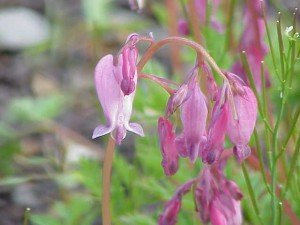
Also known as: Fringed Bleeding Heart
Fun fact: This is the most heat tolerant plant in the Dicentra family. It will continue to grow throughout the summer, as long as the soil does not dry out.
http://www.eol.org/pages/594616
#6 Kangaroo Paws (Anigozanthos flavidus)
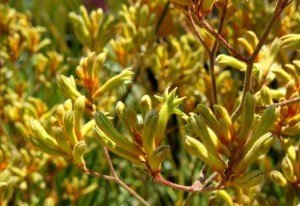
I’m named this because… clusters of my flowers look like a paw.
Fun fact: In the wild Kangaroo Paws can only be found in South Western Australia.
http://www.anbg.gov.au/emblems/wa.emblem.html
http://anpsa.org.au/a-flav.html
# 7 Butter and Eggs (Linaria vulgaris)
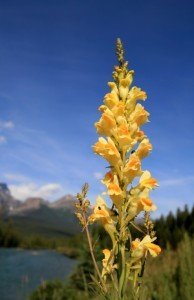
Also known as: Yellow Toadflax, Brideweed
I’m named this because… my flower looks like an egg yolk
Fun fact: According to myth, Butter and Eggs was originally a yellow dragon that transformed, sadly it then choked on a fried egg.
http://www.agf.gov.bc.ca/weedsbc/weed_desc/yel_toad.html
http://chestofbooks.com/flora-plants/flowers/Wild-Illinois/Butter-And-Eggs-Wild-Snapdragon-Toadflax.html
# 8 Hens and Chicks (Sempervivum tectorum)
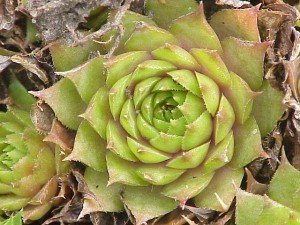
Also known as: House Leeks
I’m named this because… I form in a large cluster (the hen) surrounded by smaller patches (the chicks)
Fun Fact: Hen and Chicks were originally planted on roofs as protection against lightning because they are linked to Thor and Zeus, the two mythical gods of lightning.
http://www.eol.org/pages/484887
#9 Lambsquarters (Chenopodium album)
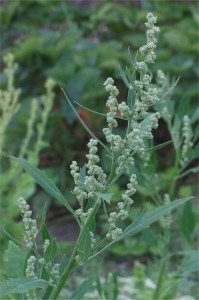
Also known as: Fat Hen, White Goosefoot, Wild Spinach
I’m named this because… the word Lambsquarters comes from lammas quarter which is a harvest festival that was held on August 1st in 9th century England where this plant was eaten. The nickname goosefoot comes from the leaves that look like a goose’s foot.
Fun fact: This plant can produce 75,000 seeds and can grow in many soil types. Lambsquarters is also very healthy for you; it contains more vitamins and essential minerals than many vegetables, especially Lettuce, Spinach and Cabbage
http://communitygarden.org/rebeltomato/pdf/Science_Pages/lambsquarters_science_page.pdf
# 10 Cheeseweed Mallow (Malva parviflora)
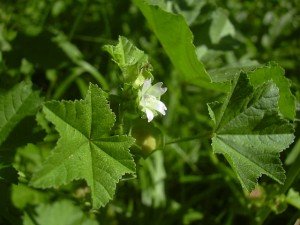
Also known as: Little Mallow
I’m named this because… the shape of my fruit looks like mini cheese rounds but they do not taste like cheese!
Fun fact: Stay away from this plant if you’re a chicken, poultry that eat this plant’s seeds or leaves may produce lower quality eggs.
John Kallas, Edible Wild Plants: Wild Foods from Dirt to Plate. Gibbs Smith(publisher), Utah: 2010,Page 103 http://bit.ly/ezTEiJ


Very crazy
Kangaroo Paws!
LOL!
i have to say the one that made me laugh the hardest was the monkey puzzle tree it was so funny and crazy
Huh, weird names but also cool.
Extremely weird names, but some make some sense.
When I saw monkey puzzle tree, I was like “what the heck?”
i actually have a hens and chicks plant
Who named these plants?
Sneezewort!